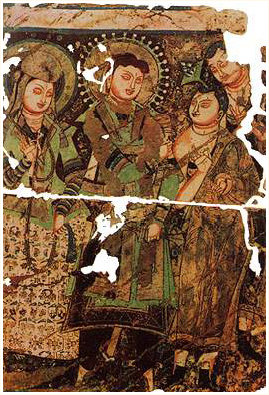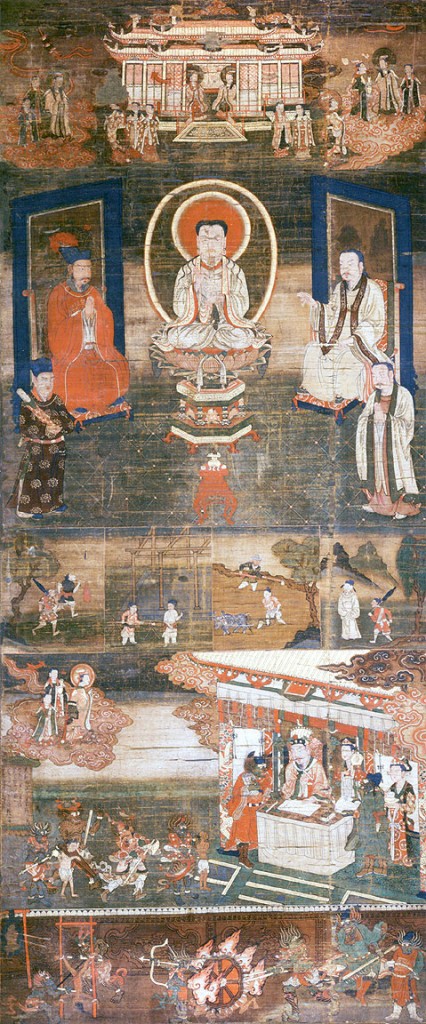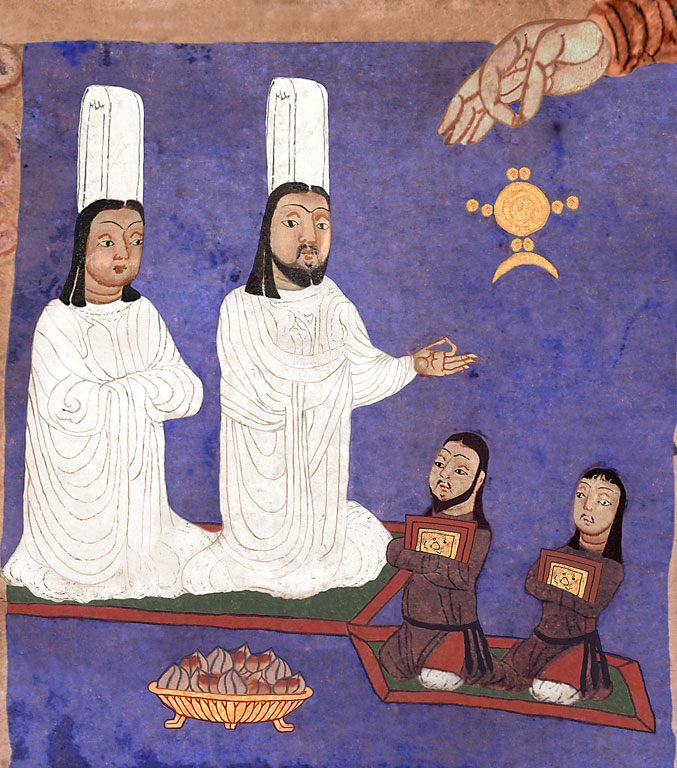THE INSPIRATION OF MUSLIM PAINTERS IN HISTORY,
MANI THE GREATEST PAINTER OF ALL TIMES.

Islam owes its debt in aesthetics to China and Central Asia.

Prophet Mani was founder of the Manichean School. To teach his vision of life, which was multi cultural, he innovated the picture book. In his texts of teaching, he would illustrate the same through pictures. The Mani School developed from that and picture books became the visual method of teaching in those time. Not only religion, Mani is considered the Founder of the Miniature School of Painting.

Mani was of Royal blood. He was the son of Fattak Babak, and grandson of Abu Barzam. He was born across Kutha Canal , south of Baghdad. On 12th April, 240 AD, he proclaimed himself as the Prophet. To spreads his teachings, he resorted to illustrating his texts with pictures. The picture book was born. The hatred for Mani and his sect was so great, that most of these picture books were destroyed and few fragments survive to this day. The Prophet himself was tortured in his lifetime. His religion is no concern of ours, but his skills as a painter are with us. The fame of the brush of Mani is there in every day use.

The interesting part is that Mani traveled all through the region. Some years he spent in Sind too. Later on with the Persian King Shahpur. Some accepted him, most rejected him, but his way of life was there for more than a 1000 years. His skills as a painter even more. We hear in our Islamic history Kings and Queens talking of the Brush of Mani, and it was not only true for patrons. It was more true for artists themselves who found themselves competing against the legend of Mani. After all Mani was the founder of Miniature painting. Persian history is full of talk of Mani. Even Nizami tells us tales of the competition between Greek and Chinese painters, as started by Alexander the Great. Of course Mani won the competition because he innovated things, which nobody thought of. In Pakistan today the legend of M.A. Rahman Chughtaiis there. If Mani had seen his works, he would have been delighted too. Of course M.A. Rahman Chughtai thought of Mani too, but as the Iranian Ambassador Manoucher Zelli said, we see in Chughtais works the direct inspiration of Kamal uddin Behzad. And Behzad is another story we must take in its stride. The region even today reverberates with the name and work of Behzad.

A British scholar Dr James Dickie in 1976 at the World of Islam Festival in London, wrote an article for the Times London. Dr Dickie was of the view that in certain respects M.A. Rahman Chughtai excels Behzad the Rembrandt of Islamic Art. More of that later.



Understanding art history of ours
naqsh e naaz e but e tannaz ba-aghosh e raqeeb
paa e taus paa e khama e MANI mange.
– MIRZA GHALIB
Well quoted!